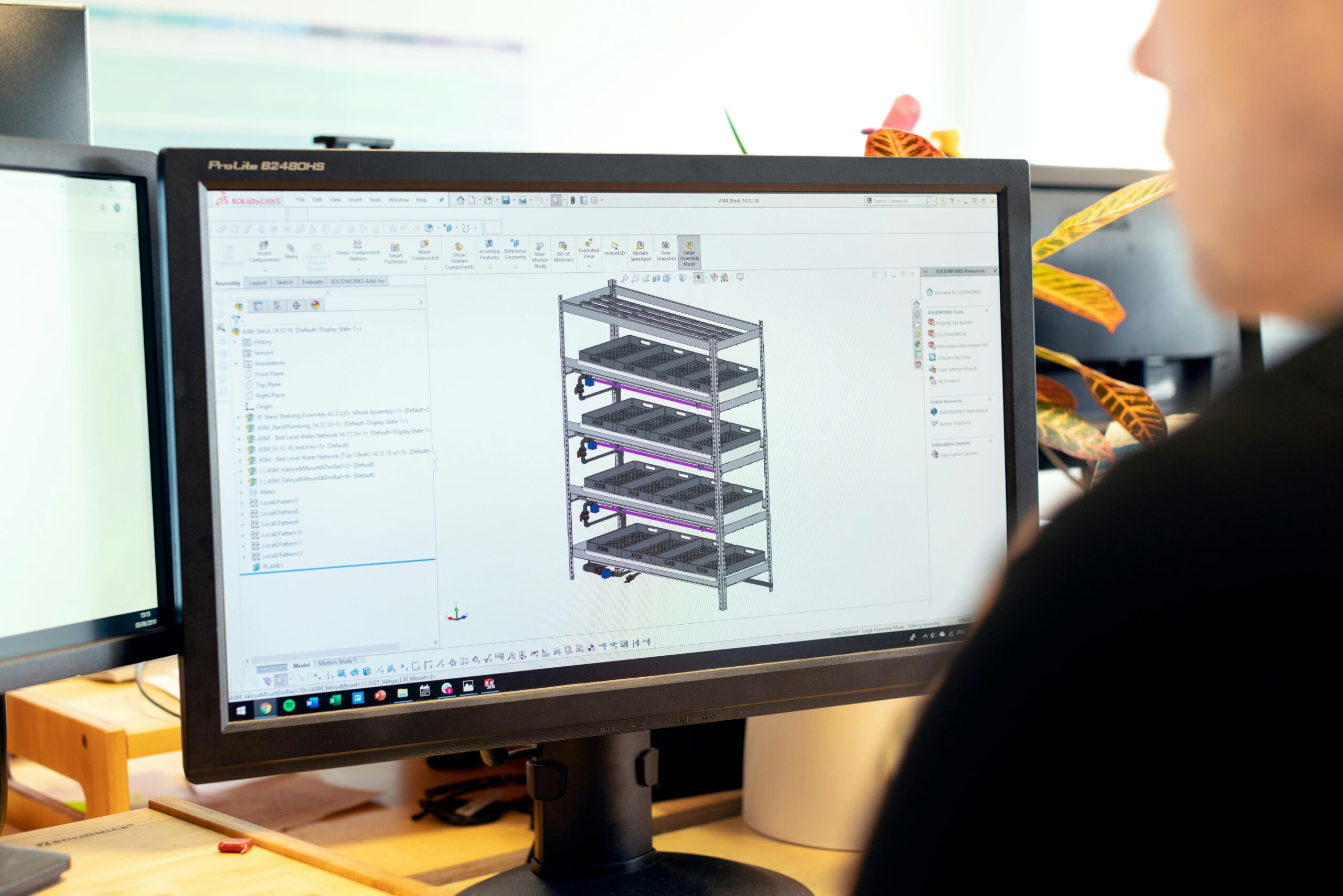
Harnessing AI: Revolutionizing Agriculture for the Future
Discover how Artificial Intelligence is revolutionizing the agricultural industry, enhancing crop yields, optimizing resources, and promising a sustainable future. Explore the role of AI in transforming farming practices for the better.
Introduction
Imagine stepping onto a farm of the future: it’s a place where decisions are grounded in gigabytes of data rather than gut feelings, and where human farmers collaborate with intelligent machines to ensure the prosperity of every crop. Welcome to the avant-garde of agriculture, where Artificial Intelligence (AI) is not just making guest appearances but has become a mainstay, reshaping the agricultural canvas in profoundly innovative ways. This blog post is your ticket to understanding how AI is poised to revolutionize farming, crafting a smarter, more efficient, and sustainable pathway to feed our growing global family. Let’s plow ahead and uncover the potential of AI in agriculture.
Seeding the Future: Precision Agriculture
The first sprout of change comes with precision agriculture, a practice that AI has taken to new heights. By analyzing data from satellite images, ground sensors, and weather reports, AI algorithms can make precise recommendations for planting, watering, and fertilizing crops. This tailored approach ensures that each plant receives exactly what it needs to thrive, significantly increasing crop yields while conserving water and reducing chemical usage. It’s like having a personal nutritionist and trainer for every crop, ensuring they reach their peak performance with minimal waste.
The Eyes in the Skies: Drone Technology
Drones, powered by AI, are becoming the eyes in the skies for farmers worldwide. Equipped with advanced imaging technology, drones can monitor crop health, soil conditions, and water levels across vast areas in real-time. This bird’s-eye view allows for quick identification of issues such as pest infestations or nutrient deficiencies, enabling targeted interventions that save time and resources. Drones can also map and analyze fields to assist in planning and tracking the progress of crops throughout the season, making the invisible visible and actionable.
The Robots Take the Reins: Automation and Robotics
Automation and robotics, driven by AI, are taking on labor-intensive tasks, from planting seeds to weeding to harvesting crops. These robotic farmhands work around the clock, optimizing productivity and allowing human farmers to focus on more strategic aspects of farm management. With machine learning, these robots are continuously improving, learning from each season to perform their tasks more efficiently. This not only helps address labor shortages but also reduces the physical toll farming takes on humans, heralding a new era of farm management that is both effective and humane.
A Predictive Harvest: Predictive Analytics
AI shines a predictive light on farming with its ability to analyze data and forecast future conditions. This includes predicting weather patterns, pest outbreaks, and crop diseases, which enables farmers to take preemptive action. By understanding what the future may hold, farmers can better plan their planting and harvesting schedules, choose the most suitable crops, and allocate resources more effectively. This foresight is akin to having a crystal ball, where informed decisions lead to reduced risk and increased yield.
Growing Together: AI-Enhanced Supply Chain Efficiency
Beyond the field, AI plays a crucial role in optimizing the agricultural supply chain. From predicting market demand to ensuring efficient distribution routes, AI helps in reducing waste and improving the freshness of produce reaching consumers. By analyzing consumption patterns and logistical data, AI systems can streamline operations, ensuring that the journey from farm to fork is as quick and cost-effective as possible.
In Conclusion: Cultivating a Future with AI
As we stand on the brink of this technological renaissance in agriculture, it’s clear that AI is not just an accessory but a necessity for the future of farming. By embracing AI, the agricultural sector can address some of its most pressing challenges, including feeding a growing population, conserving resources, and adapting to climate change. The future of agriculture with AI is not just about higher yields; it’s about creating a more sustainable, efficient, and resilient food system for generations to come.
The integration of AI into agriculture paints a hopeful picture of the future, where technology and tradition converge to cultivate a healthier planet. So, the next time you enjoy a meal, take a moment to appreciate the role of AI in bringing those ingredients to your table. The fields of tomorrow are ripe with potential, and AI is the key to unlocking a bounty of benefits for our world.